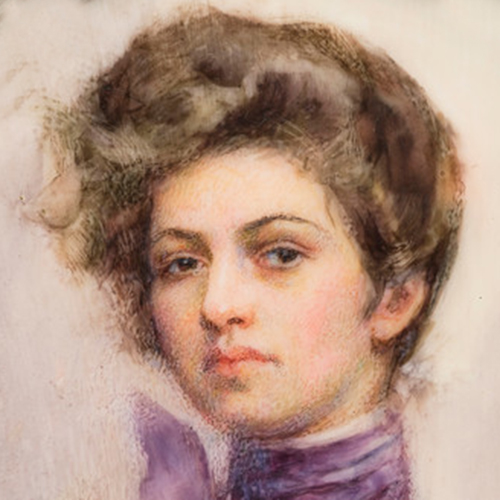
Eulabee Dix:Miniaturist and Muse By Katherine Manthorne
Do you have a portrait miniature in your family, or have you peeked at a specimen or two in the darkened chambers of museums or historical societies? Intimate keepsakes given by the sitter to a loved one to convey affection, they are often regarded today as relics of a bygone era, tiny likenesses of long-deceased ancestors limned by artists in the 18th or early 19th centuries. Like most trends in the art world, however, miniature painting was revived and reinvigorated. Around 1900 pioneers like the fascinating, enigmatic and multi-talented Eulabee Dix (1878-1961) led the charge with works such as the handsome self-portrait she entitled Me (ca. 1899).
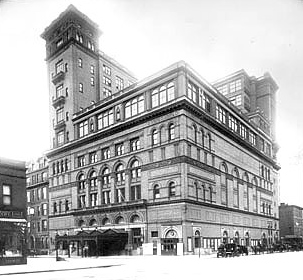
Praised as one of the “well-known names” among modern miniaturists, she excelled at this exacting mode of painting in watercolor with fine brushes on small bits of ivory. Famous figures of the day flocked to her studio in the Carnegie Hall Towers including Ethel Barrymore, Ellen Terry and Mark Twain. In an uncommon instance of one female artist depicting another, Dix painted photographer Gertrude Käsebier. She in turn reciprocated with a gelatin silver print of Dix that presents her as an elegant society lady rather than a female artist of limited financial means who tried to support herself with her craft. The tactility of the fur muff and velvet coat convey success while her direct gaze spells confidence. In early twentieth century New York — abuzz with new trends in literature and the visual artists – it was not easy to gain a foot hold, but Dix made contacts that allowed her to negotiate between the worlds of bohemia and the establishment.
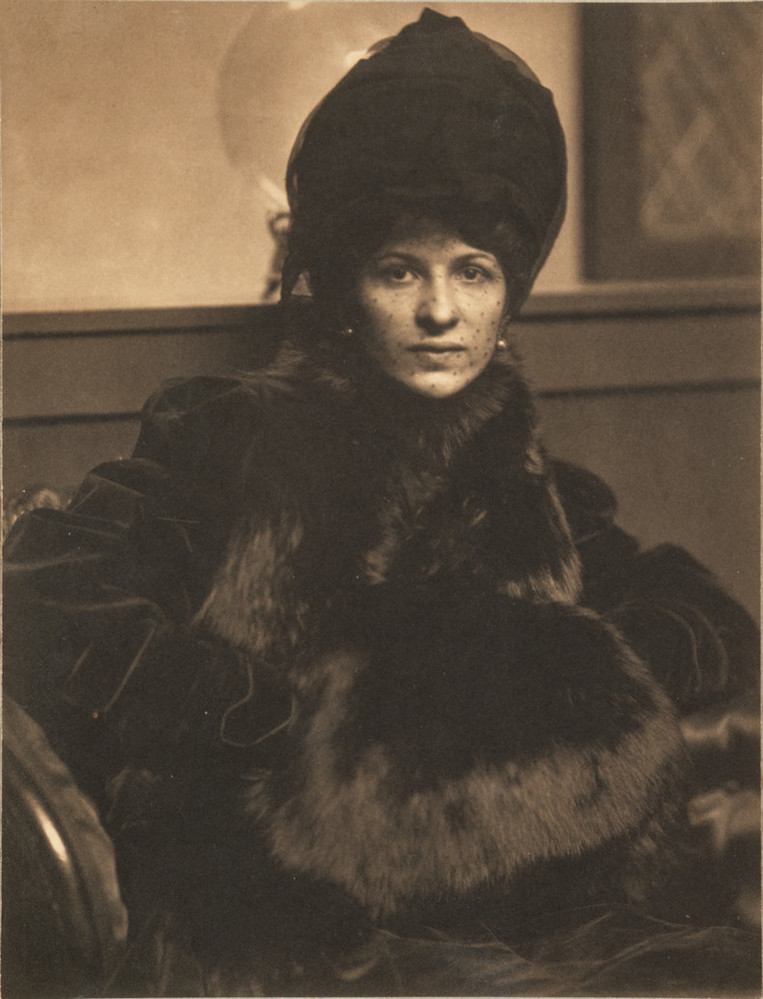
Beginning in 1906 Dix made several trips to Europe, where she immersed herself in a broad cross section of art, from Elizabethan miniatures to grand manner European portraiture. In England she formed close friendship with Mrs. Charles Duff (Flora) Baker, whom she sensitively portrayed in three-quarter length on the 5 x 4 in. confines of the ivory oval. In London she held her first exhibition at the Fine Arts Society that showcased 24 miniatures, and simultaneously displayed others at the Royal Academy of Arts and Liverpool’s Walker Art Gallery. With a growing record of prestigious exhibits and the patrons she was courting through her new connections, her career was taking off.
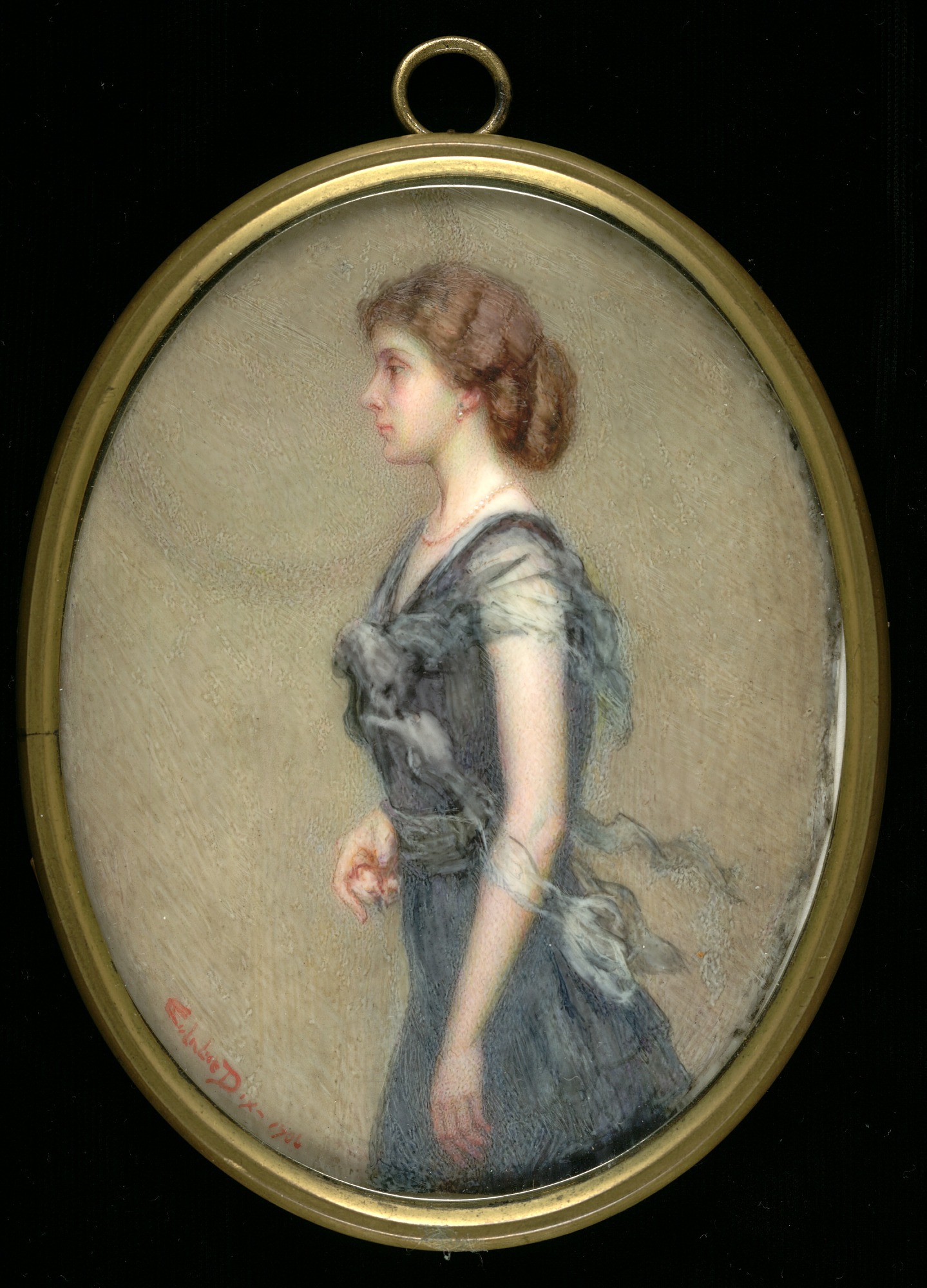
In August 1910 the Ashcan artist John Sloan decided to record the convivial assemblage gathered for dinner in the backyard at Petitpas, a French restaurant and boarding house in the Chelsea district of Manhattan. Eulabee Dix is among this lively party that includes (starting at the upper left and going around the table) poet Alan Seeger, writer John Butler Yeats, literary critic Van Wyck Brooks, Sloan’s wife Dolly, Scottish fiction writer Robert Sneddon, Dix, editor Frederick King and Vera Jelihovsky Johnson, wife of Irish scholar Charles Johnson. Sloan himself sits apart from the others while Celestine Petitpas stands behind Sneddon and serves fruit. A long-time resident at his boarding house (1910 until his death in 1922), Yeats is shown here sketching a likeness of one of the guests: likely Vera Johnson, who seems to be posing opposite him at the near side of the table. On other occasions he drew portraits of Eulabee Dix (one owned by Sloan) and was her frequent correspondent and confidant. Convinced that making portraits was a vital tool for all artists, Yeats made a regular practice of drawing his companions as well as his own self-portraits. His words and example bolstered not only Sloan’s practice but also that of Dix.
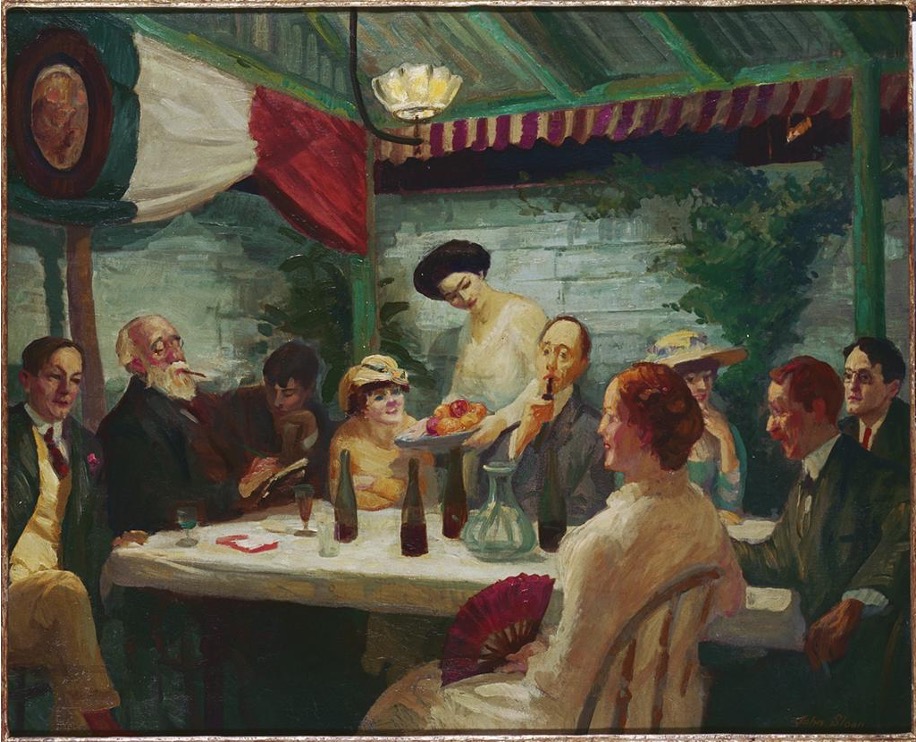
After a decade of living as an independent female artist, Dix married New York lawyer Alfred Leroy Becker in December 1910. While Sloan’s mentor and fellow Ashcan artist Robert Henri painted her in her wedding dress, John Butler Yeats wrote to his daughter Lily: “I once told her [Dix] I would not envy the man that she married, for she would be sure to devour him. She has a clinging way like ivy, which we know always kills the tree to which it attaches itself.” Two children and fifteen years later the Irish writer proved correct when the marriage ended in divorce. She continued to paint miniatures at home and abroad, but the stock market crash in 1929 signaled a marked shift in her trajectory.
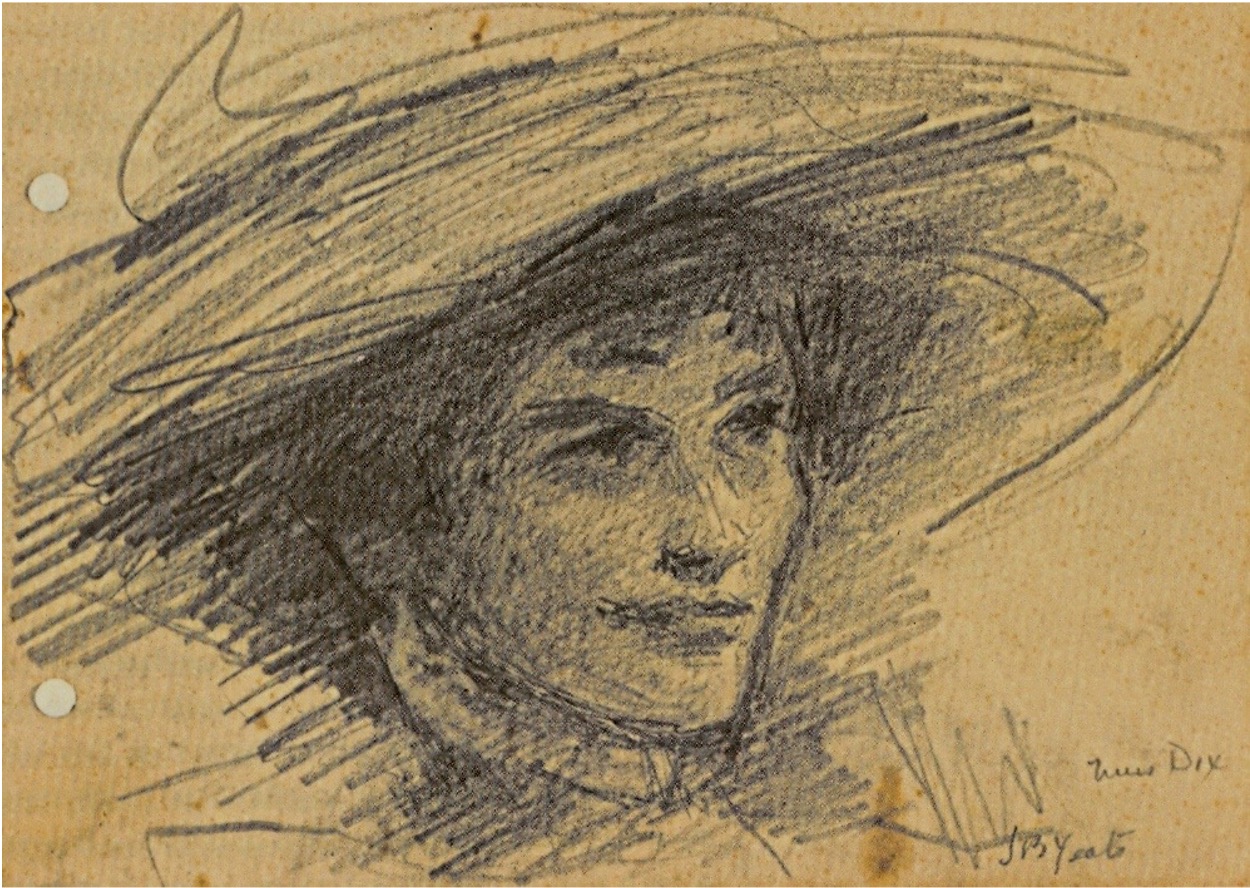
Yeats’ comparison between this miniaturist and ivy has resonance in other aspects of her art and life, for the plant also symbolizes endurance and tenacity. Her commitment to miniature painting never waned and even when it fell completely out of favor as a commodity, she delivered lectures on the art and history of the medium. On a personal level she continued to seek new opportunities and experiences and took the bold step in 1956 – at the age of 78 – of selling her possessions and moving to Lisbon, Portugal, where a retrospective of her career was mounted at the Museu Nacional de Arte Antigua. Her legacy lives on through her exquisite paintings “in small” (as she called them) found in numerous museums and through her archives now held by the National Museum of Women in the Arts. Collectively they tell a chapter in the history of an art form that survived, in part thanks to Dix, from medieval manuscript illumination to modern times.
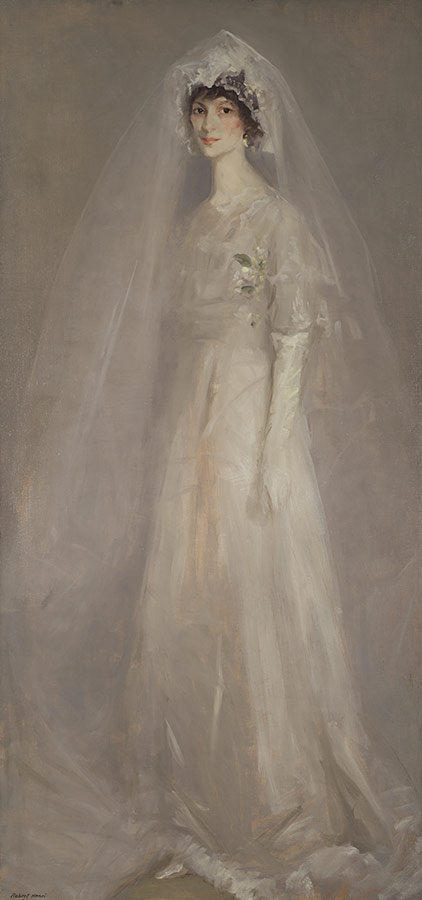
Happy Birthday, Eulabee Dix!
Katherine Manthorne, “John Sloan, Moving Pictures and Celtic Spirits,” in Heather Coyle and Joyce Schiller, Seeing the City: John Sloan’s New York (Delaware Art Museum w/Yale University Press, 2007): 152.
The most complete source is Jo Ann Ridley, Looking for Eulabee Dix: The Illustrated Biography of an American Miniaturist (Washington, D.C.: National Museum of Women in the Arts, 1998.